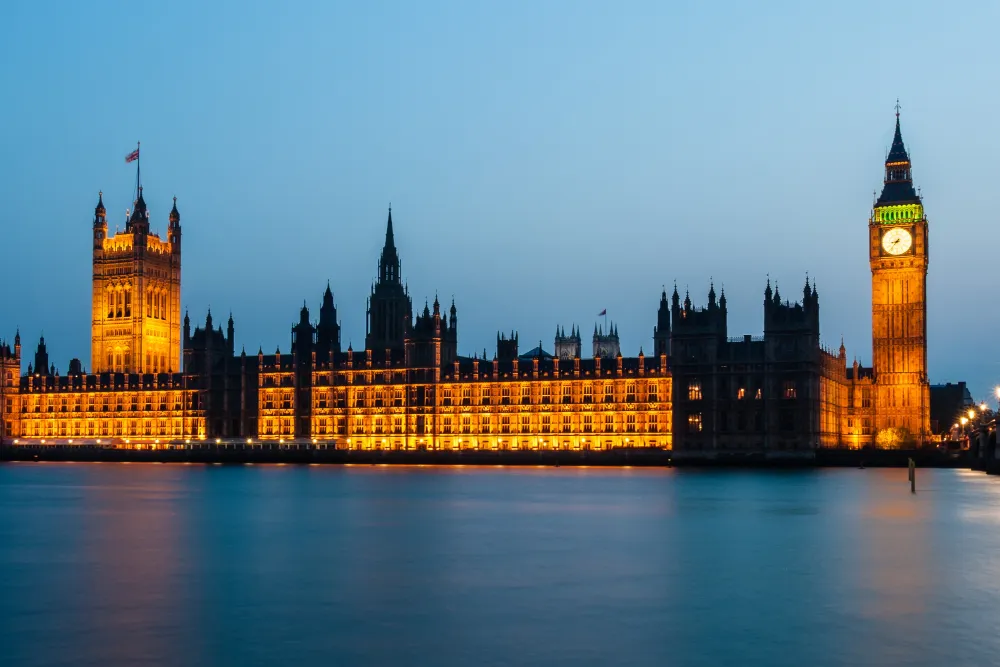Tackling the UK Housing Crisis. The Prime Minister’s Strategy
Assessing the Housing Crisis in the UK, Current Scenario and Government Response
The United Kingdom’s housing issue has surged to the forefront of national discourse, with reports underscoring an acute shortfall in housing supply against an ever-burgeoning demand. This imbalance has led to spiralling property prices and a marked decrease in homeownership, especially among younger generations.

The government’s response, epitomised by the Prime Minister’s strategy, revolves around a multipronged approach that seeks to increase housing stock, make better use of existing properties, and optimize land utility. Spurred by the conviction that effective solutions are imperative, the government is charting a course aimed at remedying this social quandary.
Measures include a sweeping reform of the planning system to fast-track construction processes, plans to revitalise brownfield sites and under-used land, and robust financial packages designed to incentivise the private sector to build more homes. But can these governmental actions effectively stem the tide of the housing crisis? What are the possible impediments, and how might the intended outcomes bridge the gap between high demand and currently inadequate supply?
Government Initiatives, Easing Regulations and Increasing Home Builds
Navigating the complexities of the UK housing landscape, the government’s strategy has introduced policies aimed at easing regulatory burdens to facilitate not only the increase but also the acceleration of home construction. The home extensions policy exemplifies this approach, where homeowners are empowered to expand their living spaces without the arduous hurdles.
Additionally, the government has cast its focus towards making strides in developing unused land, transforming idle plots into vibrant housing facilities that can augment the nation’s stock. Integral to this promising blueprint is the government’s undertaking to construct a staggering 300,000 homes annually. This audacious goal is positioned at the core of the strategy, signalling an urgency to match residential supply with the escalating demographic pressures.
The spectrum of initiatives encompasses facilitating the steady supply of building materials, upskilling the construction workforce, and implementing novel building technologies to expedite the erection of new housing units. But with goals this ambitious come persistent questions.
Will the existing framework of suppliers, builders, and regulations be adequate and adaptable enough to fulfil these initiatives? Is the target of 300,000 homes annually achievable within the set timeframe?
Balancing Progress with Sustainability, The Opposition’s Concerns
As monumental buildings rise to meet the housing demand, voices of concern echo through the halls of public discourse. Opposition to the government’s plan is gathering momentum, with major issues cited pertaining to the sustainability of this rampant construction.
Critics fear that the push for quantity may come at the cost of quality, potentially leading to substandard housing that neglects environmental implications and fails to meet green building standards.
Furthermore, there is trepidation about the overarching environmental impact of widespread development, including the loss of natural habitats and the exacerbation of urban sprawl. Naysayers also point to potential infrastructural overloads as existing amenities and services—such as transportation networks, schools, and health care facilities—may struggle to accommodate the rapid increase in residents.
Facing such considerations, the government is tasked to not only foster housing development but also ensure that growth is harmonious with ecological and infrastructural sustainability. It is a high-wire act of aligning progress with prudence, a challenge that is both complex and critical to the well-being of current and future generations.
The Road Ahead: Meeting the Goal of 300,000 Homes Per Year
The ambition to erect 300,000 new homes each year is a mammoth target by any measure, particularly when cast against the backdrop of historical construction rates and the prevailing economic milieu. Nevertheless, the government’s strategy is steadfast in setting sights on this figure, with plans laid out in intricate detail to orchestrate a spike in housing production.
An examination of these plans reveals layers of strategic policymaking: from invigorating public-private partnerships and offering generous grants and incentives to builders and developers, to invoking innovative construction techniques and materials aimed at shaving off build times. Yet, for all the meticulous drafting and positive anticipation, potential roadblocks loom—ranging from bureaucratic inertia and local opposition to the omnipresent volatility of the market.
With the mid-2020s horizon rapidly approaching, the pressing question that emerges is whether the gears of the UK’s housing industry can turn rapidly and efficiently enough to actualize the Prime Minister’s vision. Tracking the progress toward this goal necessitates a periodic review of milestones, policy effectiveness, and the agility of the housing sector’s response to inevitable unforeseen challenges.
Understanding the Implications of Growth on Infrastructure and Environment
Embarking on a quest of such scale is not without its ripple effects across the spectrum of national concerns. The symbiotic relationship between housing growth and infrastructure is particularly salient, as each new development beckons a corresponding uplift in roads, utilities, schools, and hospitals.
This inextricable linkage poses a pivotal conundrum: how to engender residential expansion without overburdening the country’s infrastructure capabilities? Adjacent to this dilemma is the commitment to environmental stewardship accompanying the construction of new homes.
The pledge to uphold sustainability within the construction sector entails a multidimensional challenge—integrating energy-efficient designs, renewable materials, and biodiversity conservation into the very fabric of the building process. It is, in essence, a play to craft a future where living spaces are not merely edifices of shelter but embodiments of ecological harmony.
The government’s trajectory towards resolving the housing crisis is thus enveloped in a delicate balance. On one hand, it seeks to deliver on promises of quantity and timeliness; on the other, it must navigate the nuanced landscape of environmental integrity and infrastructural adequacy.
As the UK marches on in this ambitious endeavour, the education of policymakers and the public becomes paramount, with the shared goal of fostering a housing landscape that is as resilient as it is plentiful.






